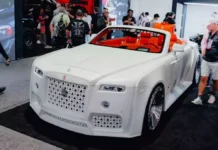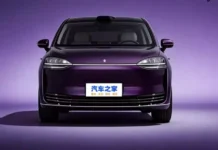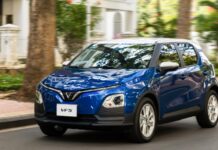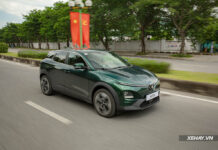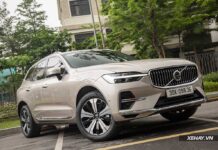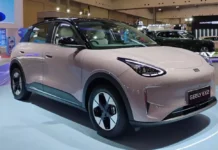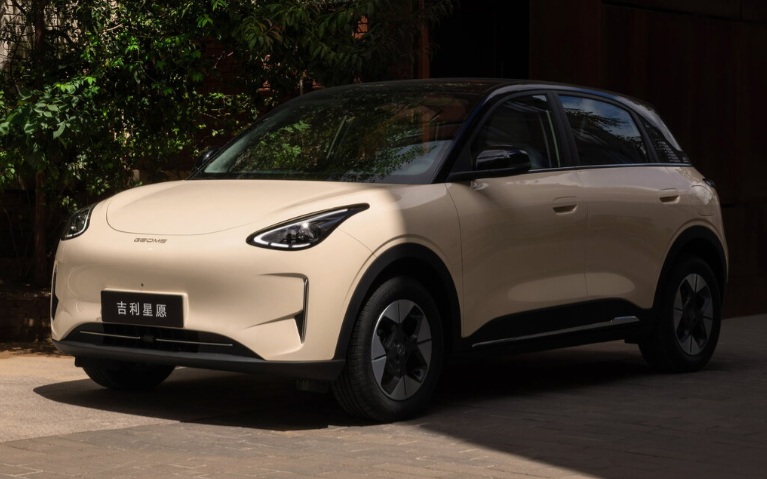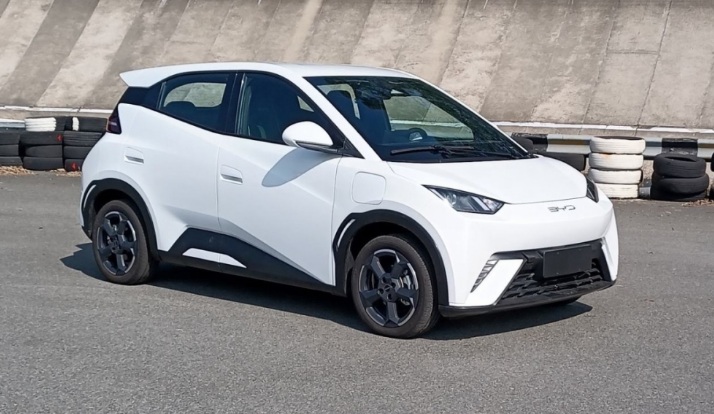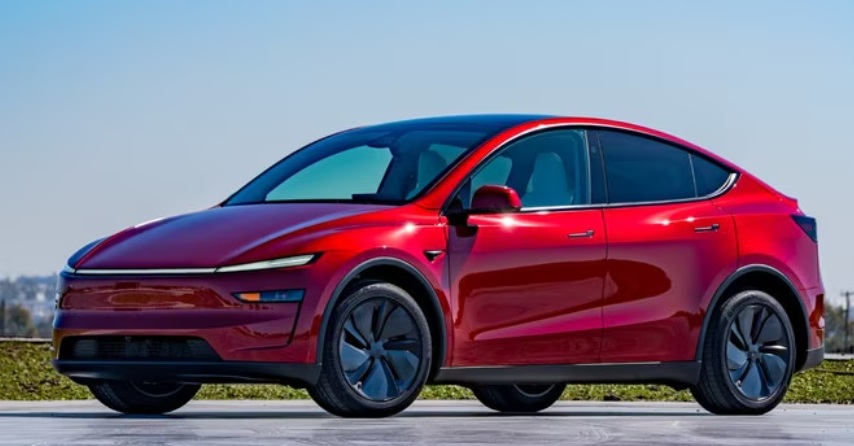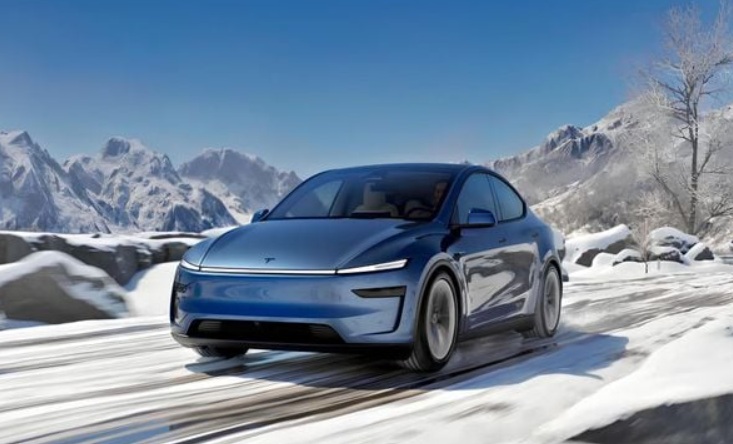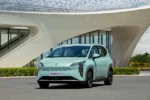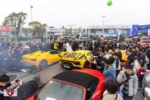The Chinese automotive market witnessed steady growth in the first half of 2025, with a significant milestone: over half of the vehicles sold were new energy vehicles (NEVs), a pivotal moment for the global electric vehicle industry.
According to data from Car News China, total passenger car sales in China from January to June 2025 reached 10.891 million units, a 10.7% increase compared to the same period last year. Notably, NEVs accounted for 50.1% of total sales, equivalent to 5.458 million vehicles, representing a 33% growth rate. In contrast, internal combustion engine (ICE) vehicles achieved sales of 5.433 million units, a 5.2% decline year-over-year.
The term NEV encompasses battery electric vehicles (BEVs), plug-in hybrid electric vehicles (PHEVs), and fuel cell electric vehicles (FCEVs). FCEVs, however, still hold a negligible share in China. BEVs continue to lead the growth, with 3.33 million units sold, a 37.6% increase compared to the same period in 2024. Meanwhile, PHEVs reached 2.128 million units, a 26.5% increase.
With over 50.1% market share, this is the first time NEVs have surpassed ICE vehicles in terms of total sales in the first half of the year in China, signifying a powerful shift towards green technology in the world’s largest automotive market.
Not only is domestic consumption strong, but China’s NEV exports have also set new records. According to the China Association of Automobile Manufacturers (CAAM), 1.056 million NEVs were exported in the first six months of 2025, a 74.3% increase compared to 606,000 units in the same period in 2024.
CAAM stated that these figures include commercial vehicles, while Car News China estimates that exports account for about 15% of total NEV sales in the domestic market. Brands such as Tesla and BYD remain the primary drivers of this robust export growth.
As of June 2025, the Geely Xingyuan is China’s best-selling model overall. BYD Seagull and Tesla Model Y ranked second and third, respectively. Notably, the Xiaomi SU7, the first electric sedan from the Chinese tech giant, claimed sixth place in the overall market, outperforming many traditional models.
In the ICE vehicle segment, the best-selling model was the Geely Monjaro, currently ranking seventh in overall sales, just behind the Xiaomi SU7.
According to the latest statistics, China has 359 million vehicles on the road, including 36.9 million NEVs, accounting for approximately 10.3%. Specifically, BEVs make up about 69.2% of the NEV fleet, a slight decrease from 70.3% at the end of 2024.
The robust growth in both domestic sales and exports indicates that NEVs in China have entered a phase of mass adoption, no longer limited to early adopters or large urban areas. This milestone is considered a crucial stepping stone for China to maintain its global leadership in electric vehicles and sustainable mobility technologies.
K5 and Carnival: Can These Models Save Kia’s Slumping Sales Amid the Electric Vehicle Revolution?
Kia is finding an unlikely savior in gas-powered cars, which are keeping the company afloat amid its electric vehicle woes. The South Korean automaker has long struggled to gain traction in the EV market, and these fuel-driven vehicles are proving to be a lifeline, ensuring the company maintains its impressive net profit margins.





